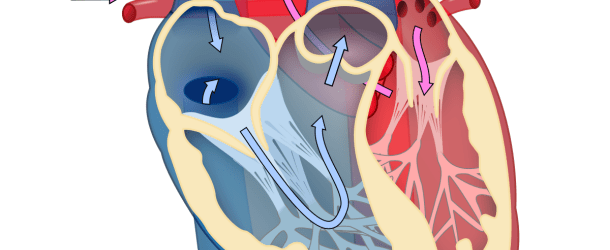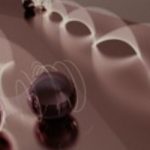Quantum Physics Could Help Cardiologists Identify & Treat Atrial Fibrillation

(Inverse.com) A team of physicists and astronomers from the University College of London (UCL) say in a new study that it could help cardiologists better identify and treat a common, yet debilitating, heart condition called atrial fibrillation (AF.)
AF affects millions of people in the U.S. every year by causing an irregular or skipping heartbeat that can lead to blood clots, stroke or even heart failure if left untreated.
“[This research] started as a side project, in the main context of security-related or potentially security-related applications, to investigate the feasibility of non-invasive imaging,” Luca Marmugi, said co-author of the study and post-doctoral researcher at UCL. “Clinicians from [the UCL] cardiology department approached [us] saying ‘We heard that you guys are looking into the possibility of creating conductivity maps for objects — can you do this with a heart?’.” NOTE: The trials described in this study were not yet done on biological tissue.
This approach works by using two different magnetic fields to map the conductivity of an object. In the case of AF, the team would use the sensors to detect any divergence in the initial conductivity map. These points of divergence could then be used by clinicians to pinpoint where a patients’ heart was short-circuiting. Marmugi tells Inverse that the super-sensitivity of these sensors is all down to their quantum properties.
“The ‘quantum’ nature of the imaging platform lies in the atomic magnetometer, which the core sensor we use for detecting the very small response field obtained from an object we want to image,” says Marmugi. “These sensors are based on laser manipulation and interrogation of atomic spins of Rb atoms… [we] measure the secondary magnetic field produced by an object in response to a small oscillating magnetic field. In this way, we can reconstruct images (or maps) of the electric conductivity. In this case, the ‘quantum-ness’ of the sensor allowed us to overcome the limitations in terms of sensitivity and tunability of conventional sensors.”



















